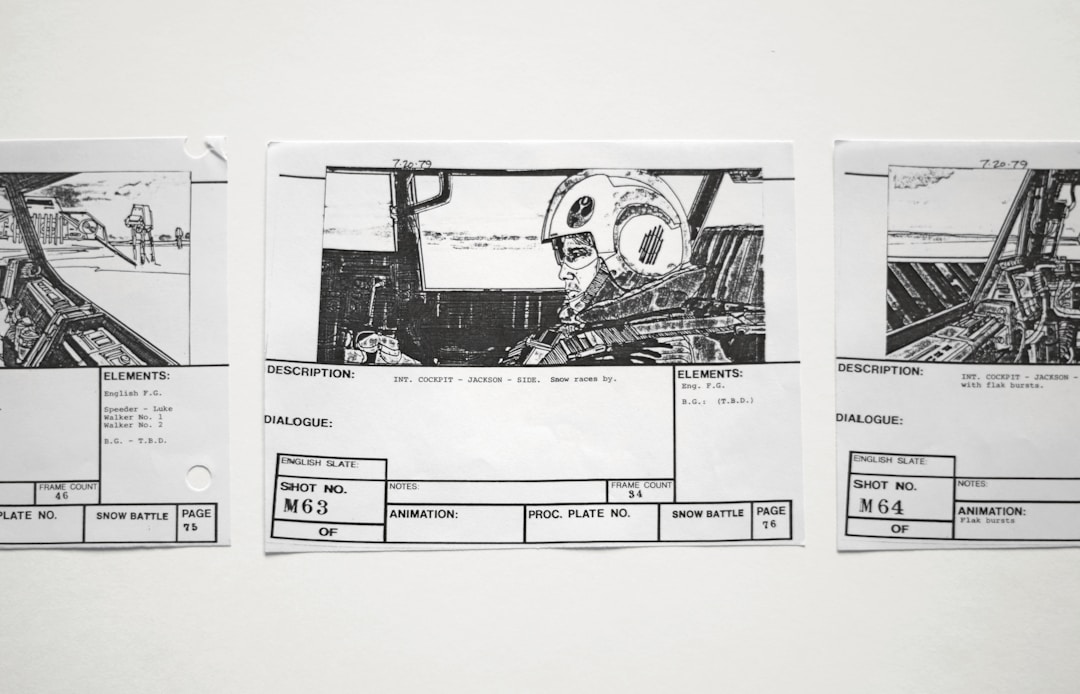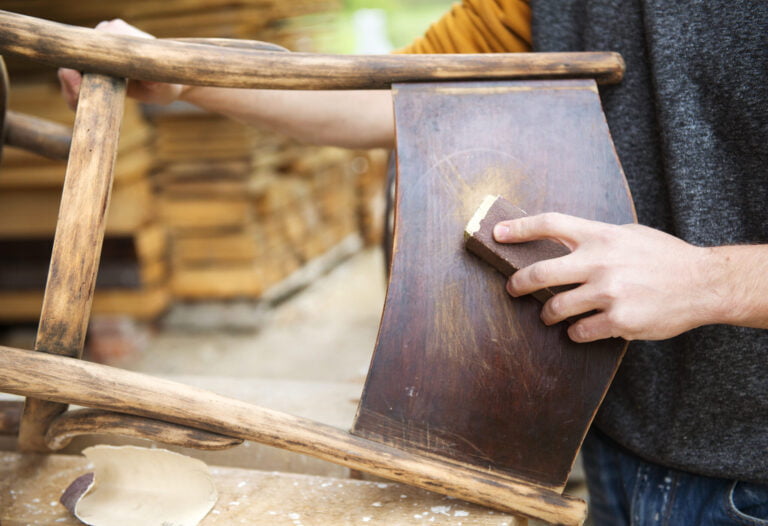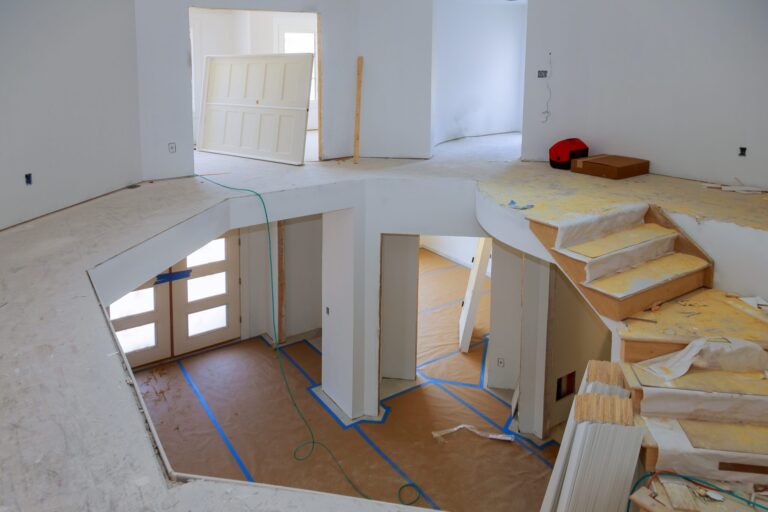Creating an engaging commercial that can effectively convey your brand’s message and attract the right audience is an art, demanding a perfect blend of creativity, strategy, and technical skills. Whether you’re a start-up trying to make a mark in the industry or an established business introducing a new product, knowing how to make an impactful commercial can make all the difference. In this article, we aim to provide detailed guidelines on how you can create a commercial like a pro. Keep reading.
Understanding Your Audience
Before you even start to brainstorm your commercial’s concept, it’s crucial that you have a clear understanding of who your audience is. This entails researching their preferences, needs, demographics, and psychological aspects. Identify what kind of media they digest and understand their buying behavior. This information can be acquired through conducting surveys, interviews, or using analytics tools. Understanding your audience will not only help you create a relevant message but also select the appropriate media channels for delivering it.
Remember, in a commercial, one size does not fit all. A witty, humorous commercial might work great for a young audience, but it might not resonate with an older audience. Once you’re able to put a face to your ideal customer, creating a commercial that engages them becomes much easier. Researching your audience is the foundation of any successful commercial.
Keep in mind, the more detailed your audience profile is, the better. It may take some time and resources, but the payoff of having a well-targeted commercial can be immense. It’s all about building a connection. And nothing builds a better connection than understanding the person on the other end.
Creating a Unique Concept
Once you have a clear understanding of your audience, it’s time to start brainstorming concepts for your commercial. A unique, fresh idea is the lifeblood of any successful commercial. You want to create something that stands out, engages, and most importantly, sticks. Your audience is likely to be bombarded with multiple commercials in a day. Your job is to ensure your commercial is the one they remember.
Bear in mind that while uniqueness and out-of-box thinking are essential, your commercial should also be relevant. It should align with your brand image and voice. Random creativity can sometimes confuse audiences, which can be counterproductive.
Involving your team in the brainstorming session and encouraging them to think creatively can yield excellent results. Once you have a series of ideas, you can start filtering them based on their alignment with your brand and their potential to engage your audience.
Scripting and Storyboarding

As soon as you have a winning concept, the next step is to translate it into a script and storyboard. A script outlines the verbal, visual, and auditory elements of the commercial. It should be crisp, concise, and persuasive, with a clear call to action for the audience. On the other hand, a storyboard gives a visual direction for the commercial, helping anticipate how the final result will look.
Here you’ll want to be very selective about the language and imagery used. It should align with your brand image and the intended audience. Don’t forget to use the right voice for the commercial, for instance, the reliability of a baritone voice clarifies the message of a luxury car brand. Similarly, the clarity of a Musican Nerd lavalier microphone can aid in bringing a professional edge to the narration.
Remember that your primary goal here is to stir emotion in your audience, tell a story they relate to, and subsequently associate with your brand. A well-written script and a comprehensive storyboard simplify this process, making the production phase smoother.
Production: Shooting and Editing
The production phase is where you bring your storyboard and script life. Whether you’re filming on location or in a studio, it’s essential to ensure you have the right equipment and professionals to handle the technical aspects. This includes a high-quality camera, lighting equipment, sound recording devices like a lavalier mic, and costumes, among others.
If you’re unsure about how to choose the right equipment, you can check out Musician Nerd for more information about recording equipment and microphones.
Next, you’ll need to make sure that your shooting environment is conducive to achieving the intended results. The setting, characters, color scheme, and props should reflect the message you aim to convey in your commercial. Remember, every little detail matters. After shooting, the next step is editing. Here, you piece together different shots, add music, effects, and transitions, and finalize the ad for broadcasting. It’s essential to be meticulous here and make sure the final output aligns with your vision.
Editing and Sound Design

Excitement radiated from the professional content writer as she embarked on the exhilarating journey of explaining “How to Make a Commercial” through the lenses of editing and sound design. With a passion for storytelling, she could hardly contain her enthusiasm as she dived into the magical world of post-production.
Editing, a skill that breathes life into any commercial, held a special place in her heart. The writer eagerly shared her tips and tricks, ready to empower budding filmmakers with the knowledge to craft compelling narratives. From selecting the perfect shots to seamlessly arranging them, she emphasized the importance of pacing, ensuring each frame served its purpose in captivating the audience.
And what about sound design? Ah, the vibrant soundscape that could transport viewers to another realm! The writer’s voice brimmed with excitement as she delved into the art of enhancing visuals with immersive audio. From finding the ideal background score to capturing crisp dialogue, she reveled in imparting techniques to create an auditory experience that would mesmerize viewers.
Testing
Before airing the commercial publicly, it’s essential to test it. The feedback you receive can provide useful insights into elements you might have missed during production. Whether it’s an overlooked offensive prop, unclear message, or the pacing of the ad, testing can help you rectify these issues before it’s too late.
Some ways to test include focus groups and online testing platforms. The data you receive from these tests can direct your final tweaks and improvements. At the end of the day, your audience’s opinion matters most, and testing allows you to see your ad from their perspective.
After all, preparing and airing a commercial requires substantial investment, and neglecting to test could result in wasted resources if the commercial fails to resonate with the audience.
Uploading and Promoting
Airing the commercial on television is just one aspect of getting the word out. In today’s digital age, there are several other platforms where you can post your commercial like social media platforms, YouTube, or even your own website. These platforms offer a wider reach and can be highly effective if used strategically.
Consider promoting your video online to increase its visibility. This includes engaging in SEO practices for your video, promoting the video on social media and your website, and potentially using paid advertising.
However, do not forget that where your audience spends most of its time should guide your efforts. Whether this is traditional media, online platforms, or a mixture of both, you should distribute your commercial accordingly.
Evaluating Success

After all your efforts, it’s vital to evaluate the success of your commercial. This involves analyzing sales data, social media engagement, web traffic, and other relevant metrics that align with your objectives. Understanding these numbers can show whether your commercial was successful and what worked well (or not) for future campaigns.
The importance of analysis cannot be overstated. Without it, you lose the opportunity to learn and grow your marketing efforts. Moreover, you cannot determine the ROI of your commercial, which is crucial for budgeting future marketing campaigns.
Remember, every commercial you produce is a learning opportunity. Use this chance to become better and to provide increasingly engaging content for your audience.
Overall, creating a commercial involves meticulous planning, creativity, and strategic execution. Along the way, you’ll gain valuable insights that can inform your other marketing efforts. While it might seem challenging, with practice and experience, you’ll be able to create compelling commercials that hit the mark every time.











